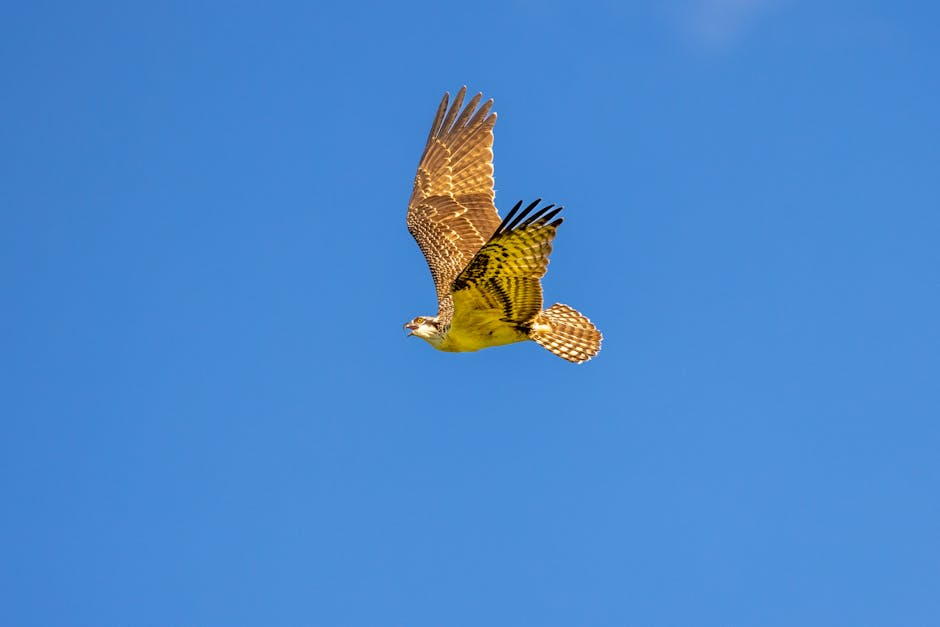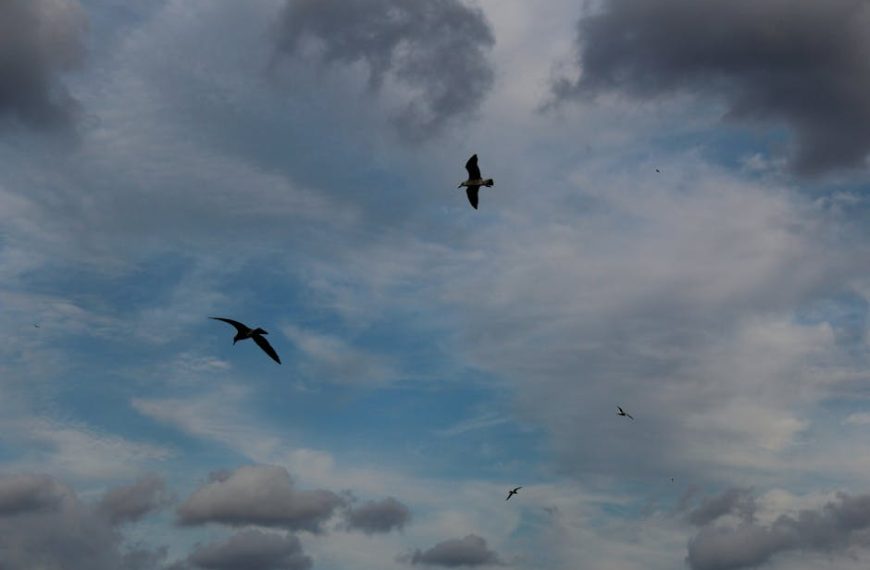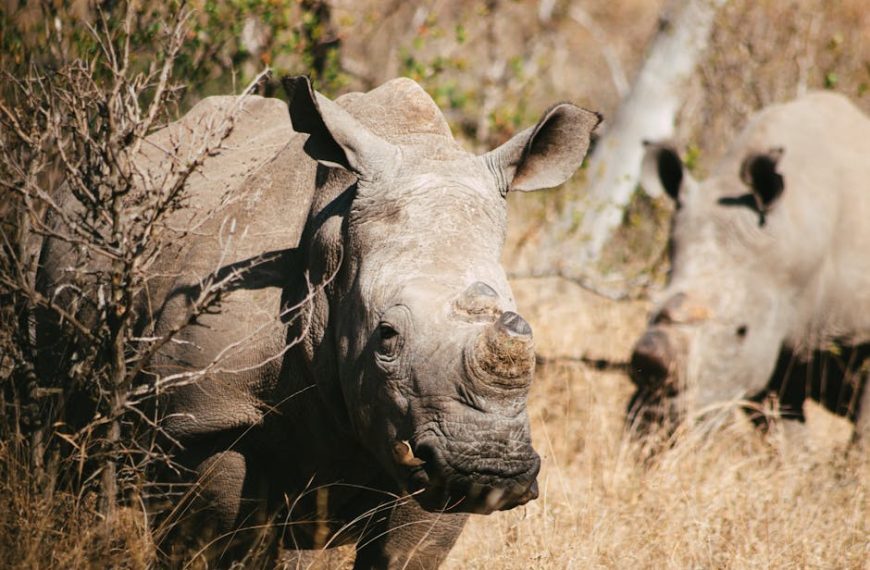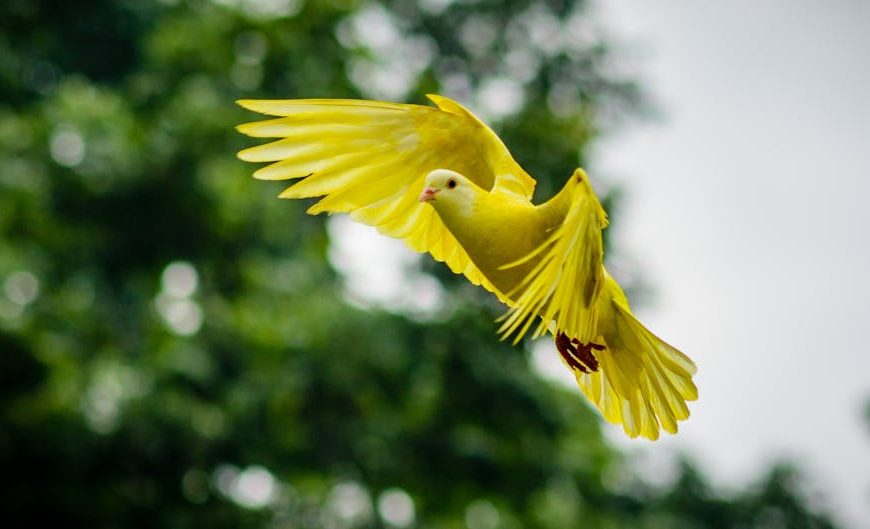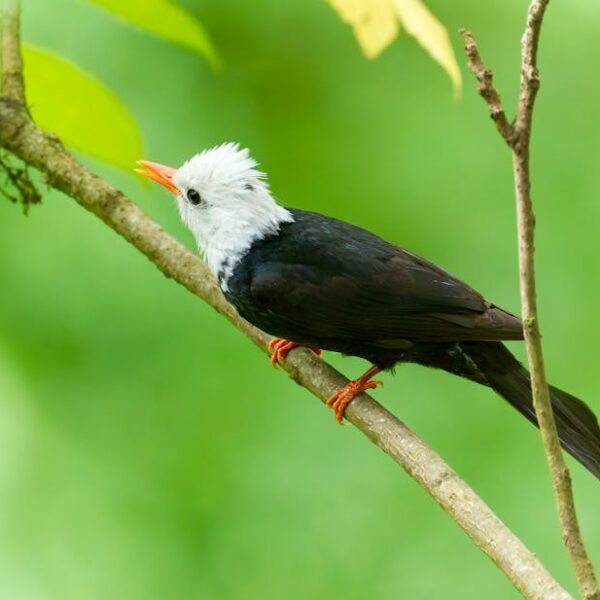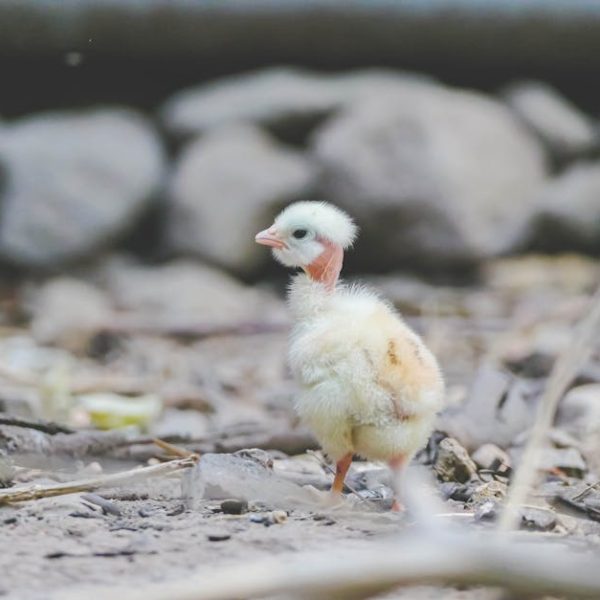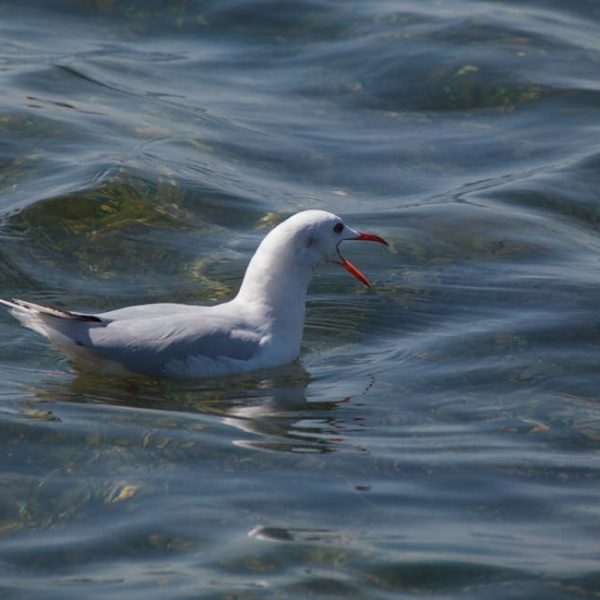Renowned globally as Fish Hawks, Ospreys (Pandion haliaetus) are unique among North American raptors for their diet and diving behavior. These robust birds are found in every corner of the world, barring Antarctica. Their unique traits – black and brown wings, white underparts, angled wings, and a sharp beak – make them easily distinguishable from other bird species.
When it comes to hunting, Ospreys display a remarkable skill set. They primarily survive on a diet of live fish, precisely spotting their prey from an elevated position before leisurely swooping down to hover momentarily, and then plunging feet-first into the water with great splash. A successful dive results in clutching the fish with their talons. An osprey’s advanced visual system adapts to accommodate the refraction of light between air and water, which aids in improved prey detection.
Key characteristics of Osprey’s fishing technique include:
- Hovering over the water to identify prey.
- Strategic feet-first dive for efficient catching.
- The ability to lift and wrestle sizeable prey out of the water with strong talons.
- Tweaking their catch mid-air to an aerodynamically favourable position for transport.
When compared to other diving birds, Ospreys truly stand out due to their remarkable species-specific features like their reversible outer toe, spiny foot pads, and their aerial hunting style, which blend proficiency and elegance in equal measures.
Pelicans – The Water Dippers
With their distinctive throat pouch and a wide wingspan, the Pelicans are an intriguing sight. There are eight species of pelicans in the world, all with a common characteristic – a strong affinity for water. From the brown pelicans of the coastal Americas to the pink-backed pelicans found widely in Africa, each species is unique in itself.
Pelicans are known not just for their exaggerated bill but their unique hunting style as well. Unlike the Osprey, Pelicans often hunt in groups and synchronize their fishing acrobatics. They can plunge from high up or make short dives from the water surface, scooping up fish into their expandable throat pouches. Consequentially, the pouch also serves as a net when pelicans go for group fishing, encircling a school of fish in shallow water.
**Important to note about Pelican’s hunting style:**
- Cooperative hunting method.
- Dive bombing from a height or scooping while swimming.
- Use of throat pouch as a net.
Unfortunately, factors like habitat disruption and climate change threaten the survival of these water birds. Conservation efforts are in effect and critical to protect this charismatic species and the ecosystems they inhabit.
Note: There will be more in the next two parts.
Puffins – The Colorful Divers
Often referred to as ‘Sea Parrots’ or ‘Clowns of the Sea’, the Puffins are undeniably the most colorful and charismatic of all diving birds. With their flamboyant beaks and white plumage, they are quite a sight, especially in the breeding season. There are four species of puffin: the Atlantic puffin, Horned puffin, Tufted puffin and Rhinoceros Auklet. Despite their amusing appearance, puffins are extremely adept swimmers and divers, designed to endure the testing marine environment.
Puffins primarily forage by diving from the surface, using their wings to ‘fly’ underwater while steering with their rudder-like webbed feet. They typically dive to depths reaching 60 meters, staying underwater for up to a minute. Their sharp beaks allow them to catch and hold multiple fishes during a single dive. Surprisingly, puffins’ vibrant beaks lose color in the non-breeding winter season, highlighting their amazing adaptation to varying weather conditions.
Let’s examine the Pros and Cons of Puffins’ feeding strategy:
Pros:
- The ability to catch multiple fish in one dive.
- Adaptation to harsh marine environments and weather conditions.
Cons:
- Limited to regions with very specific ecological parameters.
- Vulnerable to changes in fish populations brought about by climate change.
Bird watchers and photographers adore Puffins for their delightful appearance and intriguing behavior. To get the best view of Puffins, visit their colonies during the breeding season when they are most active and colorful.
Cormorants – The Experienced Divers
Belonging to the Phalacrocoracidae family, Cormorants are large waterbirds often seen standing with their wings outstretched to dry. Interestingly, there are about 40 species of Cormorants worldwide, their appearance varying from black to brown-feathered bodies with fascinating facial features like a hooked beak and bright-blue eyes.
Diving is second nature to Cormorants. They use their webbed feet to dive and chase fishes underwater, oftentimes diving to considerable depths and staying there for more than a minute. Unlike other diving birds, Cormorants swallow the fishes underwater before resurfacing. Their favoured diet includes eels and flatfish, though they are equally adept at catching a variety of smaller fish.
Pro Tip: Cormorants are excellent divers, often reaching depths up to 45 meters, and can hold their breath for more than a minute.
Historically, fishers in different cultures have used Cormorants’ efficient fishing skills to their advantage. In parts of Asia and Europe, Cormorants have been domesticated and used for human fishing activities, reflecting a fascinating co-existence between humans and these wildlife species.
Kingfishers – The Agile Jets
Kingfisher, a name synonymous with vibrant plumage and rapid flight, is a group represented by around 90 species worldwide. These compact birds with large heads, long, pointed bills, and short legs are predominantly found near water bodies.
Unlike other diving birds, Kingfishers dive for fish from a perch rather than hovering over the water. They keenly watch the water for signs of fish, and once spotted, they dive like a missile, snatch their prey with their sharp beak, and resurface in a fraction of a second. Their diet predominantly includes fish, though some species are known to catch crustaceans and other small aquatic animals.
In comparison with other diving birds, Kingfisher’s hunting sequences markedly differ:
- Perch hunting, rather than hovering or swimming
- Lightning-fast and highly precise diving
- Extraction of prey in the blink of an eye
Like many other species, Kingfishers too face numerous threats, including habitat destruction, pollution, and climate change. Yet, steps towards their conservation have been intensified across nations, recognising their ecological importance and the color they add to our natural world.
Key Takeaway:
- Ospreys are unique diving birds with proficiency in hunting and their peculiar characteristic features set them apart from other species.
- Pelicans, characterized by cooperative hunting and unique throat pouch, face threats due to climate change and habitat disruption, making conservation efforts crucial.
- Puffins are colourful divers that can catch multiple fishes in a single dive, although they are limited to regions with specific ecological parameters.
- Cormorants are excellent divers, often reaching depths up to 45 meters, and have a rich historical significance in human culture.
- Kingfishers, known for their vibrant plumage and rapid flight, have a unique perch hunting technique and face multiple threats, necessitating conservation efforts.
The world is full of magnificent creatures and the diving birds are particularly fascinating. Whether it’s the agile Kingfisher, the cooperative Pelican, the distinctive Osprey, the colourful Puffin, or the proficient Cormorant, each has a unique set of traits and skills that contribute to the ecological balance. Observing and learning about these bird species can remind us of the beautiful variety in our natural world and inspire our efforts in protecting and conserving these spectacular species.
FAQs
Q: What can I do to help protect these bird species?
A: You can contribute by supporting conservation efforts, reducing pollution, advocating for clean habitats, avoiding products that harm wildlife, and encouraging others to do the same.
Q: Are these birds found in all parts of the world?
A: While some of these birds have a global presence, others are specific to certain regions due to ecological specifics.
Q: Do all diving birds catch their prey in the same way?
A: No, each species has its unique hunting technique. While Ospreys and Kingfishers dive from a height to catch fish, Pelicans and Cormorants hunt in teams and Puffins can catch multiple fish in a single dive.
Q: Will I be able to see these birds in urban areas?
A: While some birds can adapt to urban environments, many diving birds are found in natural habitats near water bodies like oceans, rivers, and lakes.
Q: Are these bird species threatened by climate change?
A: Yes, changes in temperature and weather patterns can affect their food availability, breeding, and distribution, thus posing a significant threat to their survival.
Thank you for reading this post. If you found it insightful, do share it with your friends and check out our other posts for more interesting articles.
